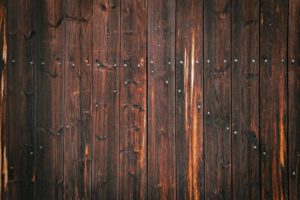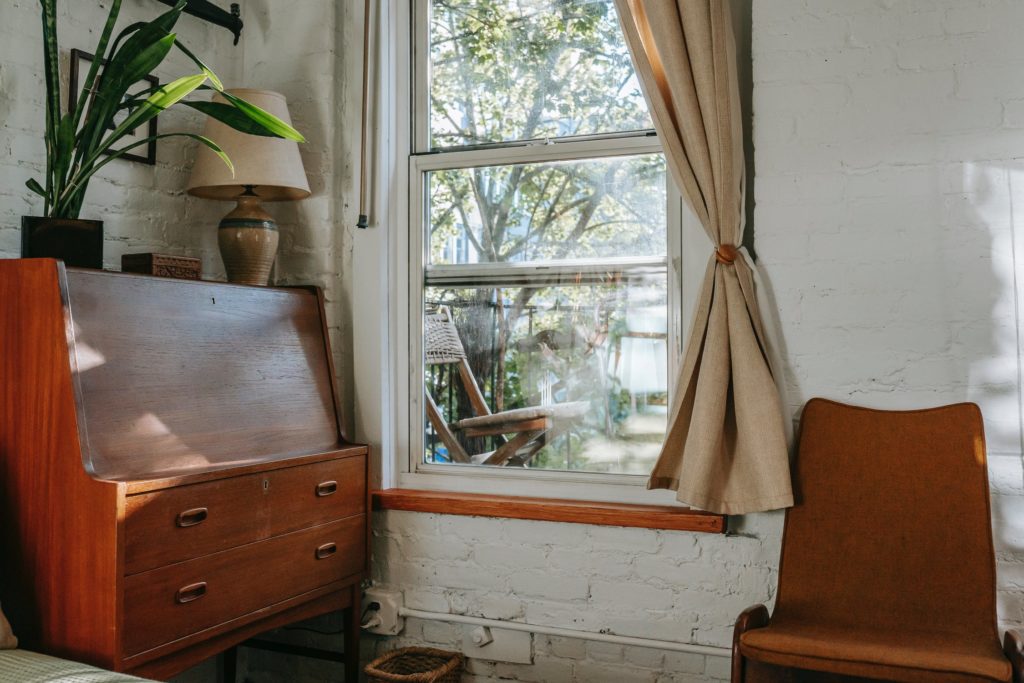blog
How To Give New Life To Your Old Heirloom Furniture
Wood is such an amazing material in part because of its lifespan! Furniture that is hundreds of years old can, if treated properly, look as good as the day it was made. It’s something we hope our clients will do with Rustix furniture!
If you have a piece of wooden heirloom furniture with minimal damage – maybe you’re from the future and have had a Rustix harvest table passed down to you! – you can easily breathe new life into it. Here’s how!
Refinishing Heirloom Furniture: What’s On The Wood Already?
You can either sand the wood or strip it with the right remover. Before you can restore antique furniture, determine the current finish on the wood; this will help you choose the right product with which to strip the finish. Many antique pieces have a coat of lacquer, shellac, or varnish, but these are hard for amateurs to identify using their sight alone. To overcome this problem, some experimenting is in order!
Many antique pieces have a coat of lacquer, shellac, or varnish, but these are hard for amateurs to identify using their sight alone. To overcome this problem, some experimenting is in order!
Test the surface by applying denatured alcohol to a small part of the surface. If the alcohol takes the finish off when you wipe it, you probably have a shellac coating; if not, apply a bit of lacquer thinner to see if it removes the finish; and if neither of these products works, a varnish was likely the finish of choice for the furniture maker.
There are other types of finish, but these are easier to identify. You can identify common options like wax, oil, or a penetrating sealer when the surface doesn’t have a shine. Of course, finishes with colour like paint or enamel are much easier to identify because, well, they have colour.
Refinishing Heirloom Furniture: Applying A New Finish
After you’ve stripped or sanded the finish off the wood, you’re almost done! Apply a new coat of stain, finish, or paint and a durable, long-lasting sealant. It’s just that easy! If you’ve finished it properly, you’ll have an old treasure that looks like new, one that you and your family can pass down for many more generations.
What Supplies Do I Need To Give New Life To Heirloom Wood?
When refinishing furniture, always use the proper tools for the job and wear protective equipment. Always wear a mask when sanding or using paint or a finish to avoid breathing in particles or chemical fumes. Rubber gloves, goggles, and long sleeves will keep chemicals from splattering onto your skin. Do the refinishing outdoors or in well-ventilated areas to minimize the contact with particles and toxic vapours.
Breathing New Life Into Heirloom Furniture: Cleaning
 Sometimes, all heirloom furniture needs is a good, proper cleaning. To cut through the accumulated dirt and wax, use an oil-based wood cleaner on a small section of the surface. If the cleaner doesn’t restore the lustre, mix a liquid detergent with warm water, dampen – don’t soak – a clean cloth, and wipe the area down. Rinse and dry the wood with a clean, soft, non-abrasive cloth.
Sometimes, all heirloom furniture needs is a good, proper cleaning. To cut through the accumulated dirt and wax, use an oil-based wood cleaner on a small section of the surface. If the cleaner doesn’t restore the lustre, mix a liquid detergent with warm water, dampen – don’t soak – a clean cloth, and wipe the area down. Rinse and dry the wood with a clean, soft, non-abrasive cloth.
If neither of these methods cleans the furniture to your satisfaction, you may need to resort to a solvent used for restoring old furniture. Apply a solvent like turpentine, denatured alcohol, or mineral spirits with a rough cloth like an old towel, and have another one handy to wipe the solvent away immediately. Then apply a cleaning solution to the surface of the furniture and give the wood a light buffing with a clean cloth.

